Crafting with Primary Colors: Projects for Kids
Are you ready to dive into a world of creativity and color? Crafting with primary colors is not just a fun way to spend time; it’s also an exciting journey into the fundamentals of art and design. Imagine a canvas splashed with vibrant reds, blues, and yellows, each stroke igniting a spark of imagination in your child's mind. These projects are designed to engage kids while teaching them about color theory in a way that's as easy as pie! Not only do these activities enhance creativity, but they also serve as an excellent platform for developing essential skills. So, grab those scissors and glue sticks, and let's explore the colorful universe of crafting!
Before we get our hands dirty, let’s take a moment to understand what primary colors are. The primary colors—red, blue, and yellow—are the building blocks of all other colors. Think of them as the foundation of a house; without them, you can’t create the beautiful structure on top. When mixed together, they create secondary colors like green, orange, and purple. This understanding is not just for artists; it's crucial for kids as they learn to express themselves through art. By engaging in crafting projects that focus on these colors, children not only learn to appreciate the beauty of color but also gain a deeper understanding of how colors interact with one another.
Crafting is like a superfood for a child's development! It offers a plethora of benefits that go beyond just creating pretty pictures. Engaging in craft projects can significantly improve fine motor skills, boost creativity, and provide a healthy outlet for emotional expression. When kids cut, glue, and paint, they are not just making art; they are also developing hand-eye coordination and dexterity. These skills are essential for tasks like writing and typing later on in life. Moreover, crafting allows children to express their feelings and thoughts visually, which can be particularly helpful for those who may struggle with verbal communication.
Fine motor skills are crucial for everyday tasks, and crafting is a fantastic way to enhance these skills. When kids are engaged in activities that require precise movements, they are essentially exercising their fingers and hands. For instance, simple projects like cutting shapes from colored paper or gluing pieces together can significantly improve their dexterity. As they manipulate various materials, they develop better control and coordination. So, why not turn playtime into a fine motor skills workout? Here are a few projects that can help:
- Cutting and pasting colorful shapes to create a unique artwork.
- Stringing beads in primary colors to make necklaces or bracelets.
- Building structures with blocks or clay that require precise placement.
Teaching children effective cutting and gluing techniques is vital for their crafting success. Start by introducing them to safety scissors that are designed for little hands. Encourage them to practice cutting straight lines before moving on to more complex shapes. When it comes to gluing, show them how to apply just the right amount—too much glue can be messy, while too little won’t hold the pieces together. A simple tip is to use a glue stick for less mess, as it allows for more control. Remember, the goal is to make crafting a fun and stress-free experience!
Painting is one of the most fundamental crafts that can introduce kids to primary colors. With just a few brushes and some paint, children can dive into a world of color mixing and exploration. Encourage them to experiment by mixing red and blue to create purple or yellow and blue to make green. This hands-on approach not only enhances their understanding of color relationships but also allows them to express their creativity freely. Set up a painting station with easels or large sheets of paper, and watch as their imaginations come to life!
Creativity is like a muscle; the more you use it, the stronger it gets! Craft projects are a fantastic way to stimulate a child's imagination. Provide them with various materials—paper, fabric, cardboard, and more—and let them explore how to use these items in their creations. Ask open-ended questions like, “What do you think will happen if we mix these colors?” or “How can we use this material to make something new?” This encourages them to think outside the box and come up with innovative ideas.
Now that we've laid the groundwork, it's time to get into the fun part—crafting! Here are some engaging projects that utilize primary colors, complete with step-by-step instructions and materials needed:
Creating collages is a vibrant way for kids to explore primary colors. Gather various materials like colored paper, magazines, and fabric scraps. Encourage kids to cut out shapes and images that resonate with them, then arrange them on a larger piece of paper. This not only helps them understand color combinations but also allows them to express their unique perspectives.
Making a DIY color wheel is a fantastic educational project that helps children grasp color relationships. All you need are some paper plates, paints, and a few brushes. Have them paint sections of the plate in primary colors, then guide them in mixing to create secondary colors in adjacent sections. This hands-on activity will solidify their understanding of how colors work together.
Here are some common questions parents might have about crafting with primary colors:
- What age is appropriate for these projects? Most projects can be adapted for children ages 3 and up, depending on their skill level.
- Do I need to buy special materials? Not at all! Most projects can be done with everyday household items.
- How can I make crafting more educational? Incorporate discussions about colors, shapes, and even storytelling while crafting.

Understanding Primary Colors
When we talk about primary colors, we're diving into the very essence of color theory. But what exactly are primary colors? Simply put, they are the building blocks of all other colors. In the world of art and design, the primary colors are red, blue, and yellow. These colors cannot be created by mixing other colors together, which makes them exceptionally important in the crafting realm, especially for kids. By understanding primary colors, children can unlock a world of creativity and artistic possibilities.
Imagine primary colors as the three amigos of the color wheel. They stand strong on their own, but when mixed together, they create a vibrant spectrum of hues. For instance, when you mix red and blue, you get purple; mix blue and yellow, and you have green; combine red and yellow, and voilà, you have orange. This magical transformation not only excites the imagination but also teaches children about color relationships and how to create their own unique shades.
Understanding primary colors is crucial for kids because it lays the groundwork for their artistic journey. When children engage in crafting projects that utilize these colors, they are not just having fun; they are also learning fundamental concepts of color mixing and the emotional impact colors can have. For example, the color red often evokes feelings of warmth and passion, while blue can bring a sense of calmness. By experimenting with primary colors, kids can express their feelings and tell stories through their art.
To further illustrate the significance of primary colors in crafting, let's take a look at a simple color mixing chart:
| Primary Color 1 | Primary Color 2 | Mixed Color |
|---|---|---|
| Red | Blue | Purple |
| Blue | Yellow | Green |
| Red | Yellow | Orange |
Incorporating primary colors into craft projects not only enhances creativity but also helps children develop a deeper appreciation for the visual world around them. So, the next time your child picks up a paintbrush or a crayon, remind them of the power of primary colors and encourage them to explore the endless possibilities that await!
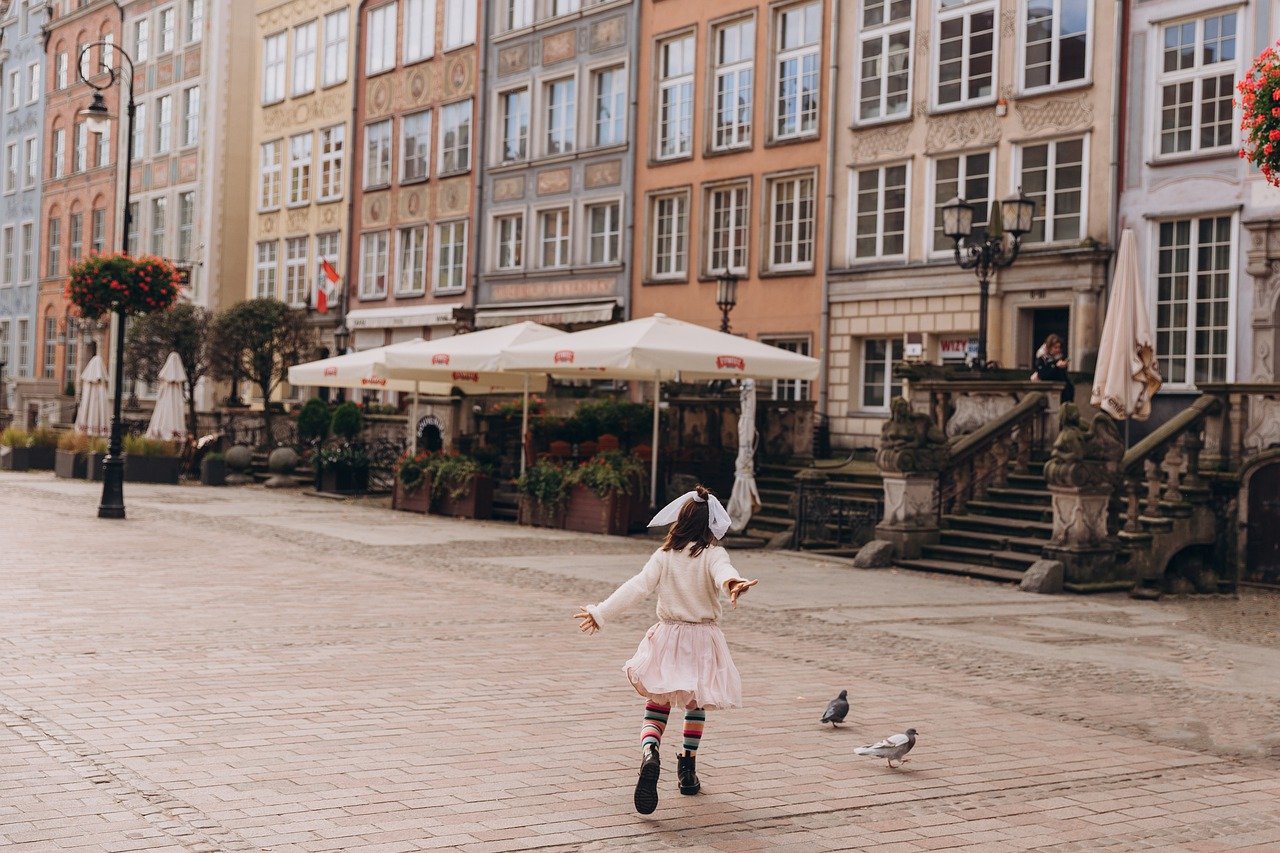
Benefits of Crafting for Kids
Crafting is more than just a fun way to pass the time; it’s a gateway to a world of developmental benefits for children. Engaging in creative projects allows kids to explore their imaginations while also honing essential skills. Think of crafting as a multi-tool for growth—each project is like a mini-adventure that opens doors to learning and self-expression. So, what exactly are the benefits of crafting for kids? Let’s dive in!
One of the most significant advantages of crafting is the enhancement of fine motor skills. Activities like cutting, gluing, and painting require precise hand movements, which help children develop coordination and control. Imagine a young artist, scissors in hand, carefully snipping paper to create a masterpiece. With each cut, they’re not just making art; they’re building the muscles and dexterity needed for everyday tasks like writing or buttoning a shirt.
Moreover, crafting serves as a powerful tool for emotional expression. Children often have a hard time articulating their feelings verbally. However, through colors and shapes, they can convey emotions that words may fail to express. A splash of red might represent anger, while a swirl of blue could depict sadness. By allowing kids to express themselves artistically, we’re giving them a voice and a means to process their feelings.
In addition to fine motor skills and emotional expression, crafting also ignites a child’s creativity. When kids are encouraged to think outside the box, they learn problem-solving skills that are crucial in life. For instance, when faced with a project that requires them to use only primary colors, they must think critically about how to mix and match those colors to achieve their desired effect. This kind of creative thinking is invaluable—not just in art, but in all areas of life.
Furthermore, engaging in craft projects can foster a sense of accomplishment. Completing a project provides a tangible result that kids can be proud of. Whether it’s a colorful collage or a hand-painted picture frame, each finished piece boosts their confidence and encourages them to take on new challenges. It's like climbing a mountain; each project is a step toward a higher peak of self-esteem.
To sum it all up, the benefits of crafting for kids are vast and varied. Here’s a quick recap:
- Enhances fine motor skills through hands-on activities.
- Encourages emotional expression via artistic mediums.
- Stimulates creativity and critical thinking.
- Fosters a sense of accomplishment and boosts confidence.
As we can see, crafting is not merely a pastime; it’s a vital part of childhood development. So, gather those primary colors and let the creativity flow!
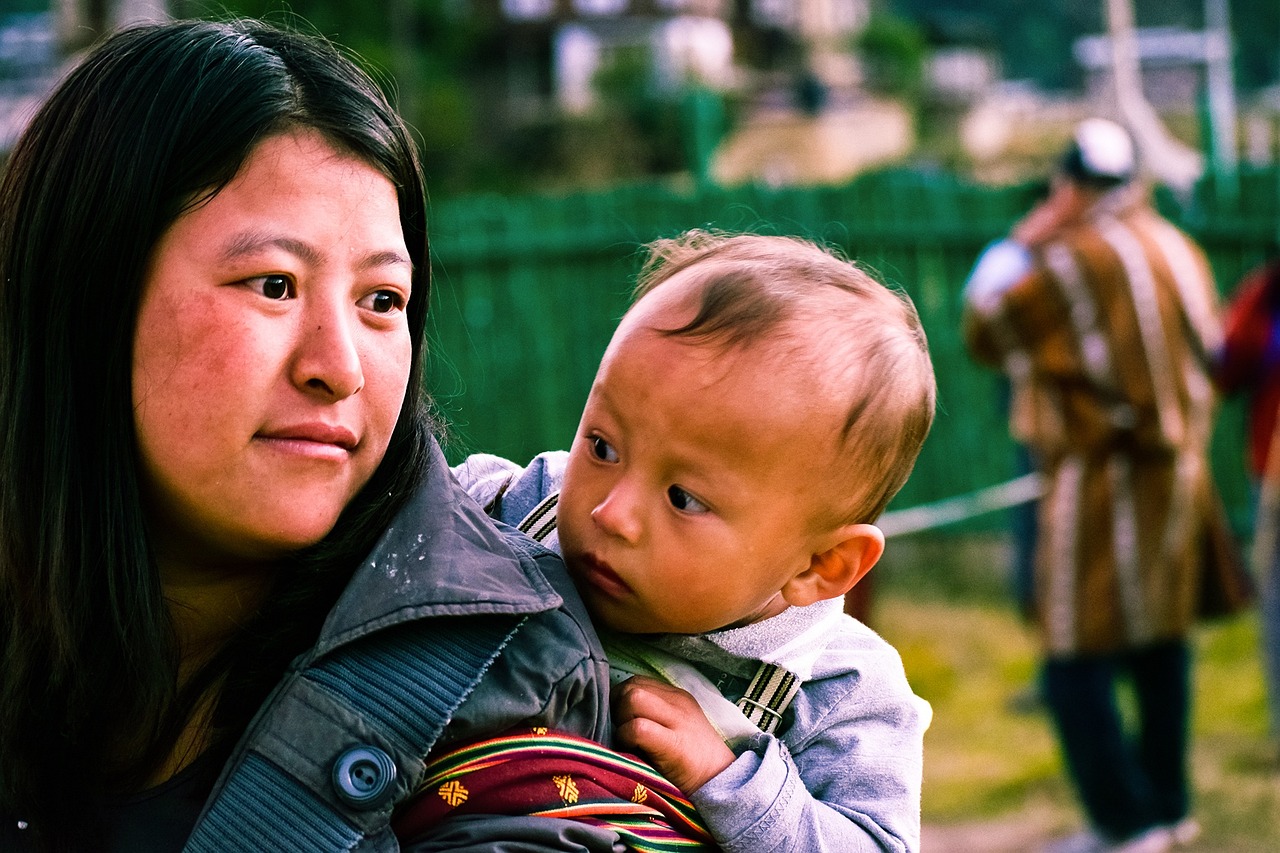
Enhancing Fine Motor Skills
When it comes to crafting, one of the most exciting benefits is the way it enhances fine motor skills in children. Fine motor skills are essential for everyday tasks, from writing to buttoning shirts. These skills involve the small muscles in the hands and fingers and are crucial for developing coordination and dexterity. By engaging in various crafting activities, kids can naturally improve these skills while having a blast! Imagine your child, with paint-smeared hands, delicately cutting shapes from colorful paper or carefully gluing pieces together—it's not just fun, it's a vital part of their growth!
To illustrate how crafting helps develop fine motor skills, consider the following projects:
- Cutting and Gluing: Activities that require precise cutting and gluing are fantastic for honing these skills. Children learn to control scissors, which strengthens their grip and improves hand-eye coordination.
- Bead Stringing: Stringing beads onto a string can be a delightful way for kids to practice their dexterity. This activity not only enhances fine motor skills but also allows them to create beautiful jewelry or decorations.
- Painting with Brushes: Using different brush sizes can help kids learn how to apply varying amounts of pressure, which is essential for writing and drawing later on.
Each of these activities can be tailored to suit different age groups and skill levels. For instance, younger children might benefit from larger beads or thicker brushes, while older kids can tackle more intricate designs. As they progress, they’ll start to notice how their hands become steadier and more capable, which is incredibly rewarding!
Moreover, the joy of crafting is that it’s not just about the end product; it’s about the journey. As children engage in these activities, they become more aware of their hand movements, which leads to greater control and precision. Think of it like learning to ride a bike—the more they practice, the more confident they become. So why not set up a crafting station at home? Stock it with various materials like colored paper, scissors, glue, and paint, and watch as your little ones dive into a world of creativity while simultaneously boosting their fine motor skills!
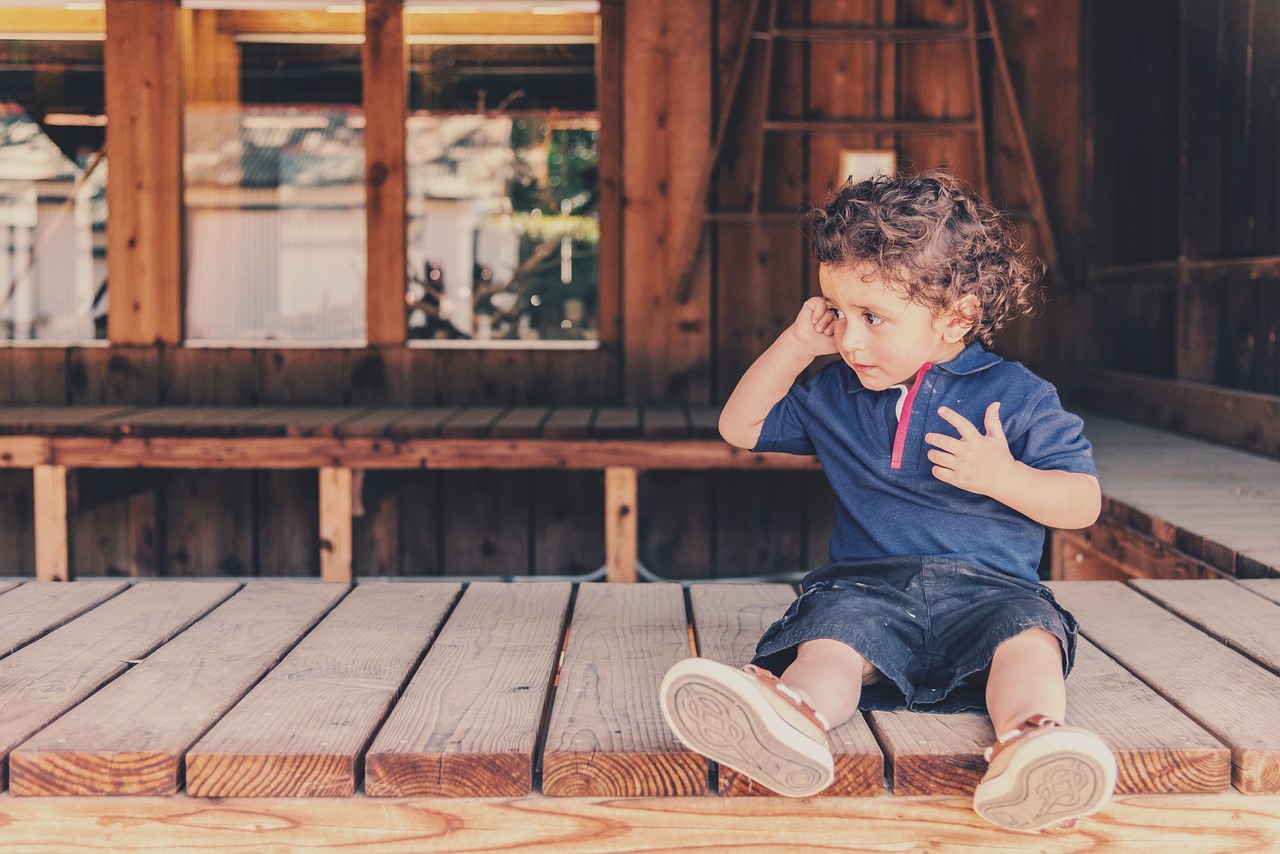
Cutting and Gluing Techniques
When it comes to crafting, mastering is essential for kids. These skills not only enhance their creative projects but also help develop important fine motor skills. To begin with, it's crucial to introduce the right tools to children. Using child-safe scissors is a great way to ensure their safety while they learn to cut. You can demonstrate how to hold the scissors properly, emphasizing the importance of keeping fingers away from the blades. Remember, practice makes perfect! Encourage them to cut different shapes from paper, which can later be used in their projects.
Once they are comfortable with cutting, the next step is to teach them about gluing. Explain the different types of glue available, such as liquid glue, glue sticks, and tape. Each type has its own use, and understanding this will help them choose the right adhesive for their projects. For example, liquid glue is great for heavier materials, while glue sticks are perfect for lighter paper crafts. You can set up a small station with various gluing materials and let them experiment. This hands-on experience will help them understand the properties of each adhesive.
To make the learning process more engaging, consider setting up a fun challenge where kids can create a small project using only cut-out shapes and glue. This can be anything from a simple paper animal to a colorful abstract design. Not only does this encourage creativity, but it also reinforces their cutting and gluing skills. As they work, offer tips on how to apply glue correctly—like using just the right amount to avoid messes and ensuring that they press down firmly to secure their pieces.
Finally, it's important to remind children about safety while crafting. Always supervise them during cutting and gluing activities, and teach them to clean up spills and avoid getting glue on their hands. With practice, they'll not only become adept at these techniques but also gain the confidence to tackle more complex projects in the future.
- What age is appropriate for teaching cutting and gluing skills?
Generally, children as young as 3 years old can start learning basic cutting skills with supervision. By ages 4 to 5, they can begin to use glue effectively. - What types of scissors are best for kids?
Child-safe scissors with rounded tips are ideal for young children. As they grow more skilled, you can introduce them to regular safety scissors. - How can I make gluing less messy?
Using glue sticks or tape can help minimize mess. Also, providing a mat or newspaper underneath the crafting area can catch any spills.
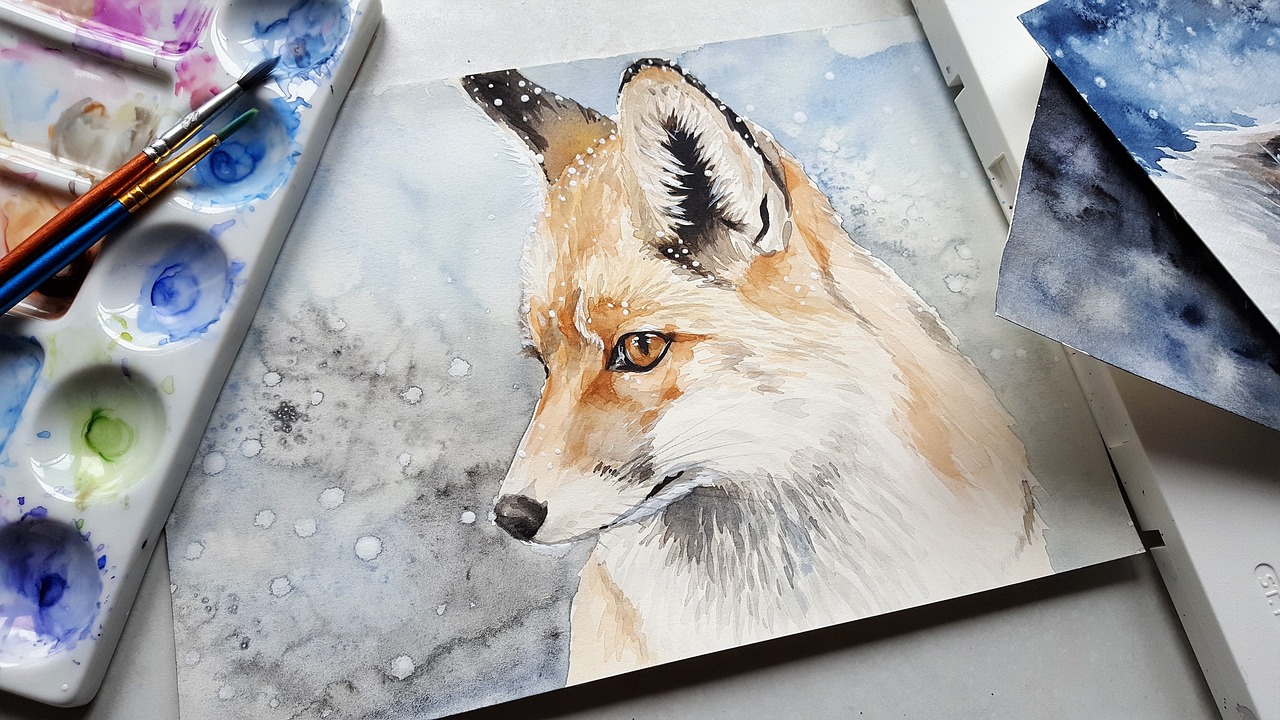
Painting with Primary Colors
Painting with primary colors is not just an enjoyable activity; it's a gateway for children to dive into the vibrant world of color. Think of primary colors as the building blocks of all other colors. When kids splash red, blue, and yellow on their canvases, they aren’t just playing; they’re learning about the essence of color theory. This hands-on experience allows them to see firsthand how mixing these colors can create a spectrum of new shades, sparking their curiosity and creativity.
Imagine a child dipping their brush into a pot of sunny yellow and then swirling it into a deep blue. The moment they see the green emerge, it’s like magic! This simple act of mixing primary colors opens up a world of possibilities. But how do we guide them through this colorful journey? Here are a few techniques to enhance their painting experience:
- Color Mixing Exploration: Encourage children to experiment by mixing different ratios of primary colors. This can lead to a deeper understanding of how colors interact. For instance, mixing equal parts of blue and yellow yields green, but what happens if they add more yellow? This kind of inquiry fosters critical thinking.
- Brush Techniques: Teach them various brush strokes, such as dabbing, swirling, or even finger painting. Each technique can produce different textures and effects, making the painting process even more exciting.
- Layering Colors: Show them how to layer colors to create depth. For example, painting a blue sky and then adding yellow suns can help them visualize how colors can coexist and complement each other.
To make the painting session even more engaging, consider setting up a small “color station” with various materials. Here’s a simple table to illustrate what you might include:
| Material | Purpose |
|---|---|
| Acrylic Paints | Vibrant colors that mix well |
| Canvas or Thick Paper | Durable surface for painting |
| Brushes of Different Sizes | For various painting techniques |
| Water Cups | For rinsing brushes |
| Palettes | To mix colors |
As they paint, remind them that there’s no right or wrong way to create art. The beauty of using primary colors is that it allows for endless creativity. Whether they are painting a sunset, a garden, or even abstract shapes, the process of experimenting with colors is what counts. Encourage them to let their imaginations run wild, and watch as their confidence in their artistic abilities grows.
In conclusion, painting with primary colors is more than just a fun activity; it's a foundational experience that nurtures creativity, critical thinking, and a love for art. So grab those brushes and let the colors flow! Who knows? You might just inspire the next Picasso!
Q1: What are primary colors?
A1: Primary colors are red, blue, and yellow. They cannot be created by mixing other colors and serve as the basis for creating a wide range of other colors.
Q2: How can painting with primary colors help my child?
A2: Painting with primary colors enhances creativity, improves fine motor skills, and helps children understand color mixing and relationships.
Q3: What materials do I need for painting?
A3: Basic materials include acrylic paints, brushes, a canvas or thick paper, water cups, and palettes for mixing colors.
Q4: Can I use other colors besides primary colors?
A4: Absolutely! While primary colors are essential for learning color theory, you can introduce secondary and tertiary colors as children become more comfortable with mixing.

Encouraging Creativity
Encouraging creativity in children is like planting a seed; with the right nurturing and environment, it can blossom into something beautiful and unique. Craft projects are a fantastic way to inspire young minds to think outside the box and express themselves. You see, when kids engage in crafting, they’re not just following instructions; they’re making choices, experimenting, and discovering their artistic voice. This process is essential for their development, as it helps them learn how to solve problems and think critically.
One effective way to foster creativity is to provide children with a variety of materials. Think of it as giving them a painter's palette filled with colors; the more options they have, the more vibrant their creations can be. Items like colored paper, fabric scraps, beads, and even recycled materials can spark imagination. When kids have access to diverse resources, they are more likely to experiment, combine, and create something entirely new. For instance, a simple cardboard box can transform into a spaceship, a castle, or even a robot with just a little imagination and some craft supplies!
Another key aspect of encouraging creativity is allowing for open-ended projects. Instead of giving them a step-by-step guide to follow, consider presenting a theme or concept and letting them take the reins. This approach not only empowers children but also helps them develop confidence in their creative abilities. For example, you might say, “Let’s create something that represents your favorite season!” This prompt invites kids to explore their thoughts and feelings about that season, leading to a variety of interpretations in their artwork.
Additionally, it’s crucial to celebrate their efforts, regardless of the outcome. When children feel appreciated for their creativity, they are more likely to continue exploring their artistic side. You can do this by displaying their artwork at home or even hosting a mini art show for family and friends. This recognition can be incredibly motivating, encouraging them to keep creating and experimenting with new ideas.
Lastly, consider incorporating storytelling into your crafting sessions. When children create something, ask them to share the story behind it. This not only enhances their verbal skills but also deepens their connection to their artwork. It transforms a simple craft project into a narrative experience, allowing kids to explore their thoughts and feelings further. For instance, if they create a colorful collage, prompt them with questions like, “What inspired you to choose these colors?” or “What story does your collage tell?”
In conclusion, encouraging creativity in children through craft projects is a multifaceted approach that involves providing materials, allowing open-ended exploration, celebrating their efforts, and integrating storytelling. By fostering an environment where creativity can thrive, we not only help kids develop essential skills but also allow them to express their individuality in vibrant and meaningful ways.
- What are primary colors? Primary colors are red, blue, and yellow. These colors cannot be created by mixing other colors and are the foundation for creating a wide range of other colors.
- How can crafting help my child’s development? Crafting helps improve fine motor skills, boosts creativity, enhances problem-solving abilities, and allows for emotional expression.
- What materials are best for encouraging creativity? A variety of materials such as colored paper, fabric scraps, beads, and recyclable items can inspire kids to create and explore their artistic side.
- How can I make crafting more enjoyable for my child? Allow for open-ended projects, celebrate their creations, and incorporate storytelling to make crafting sessions more engaging and fun.
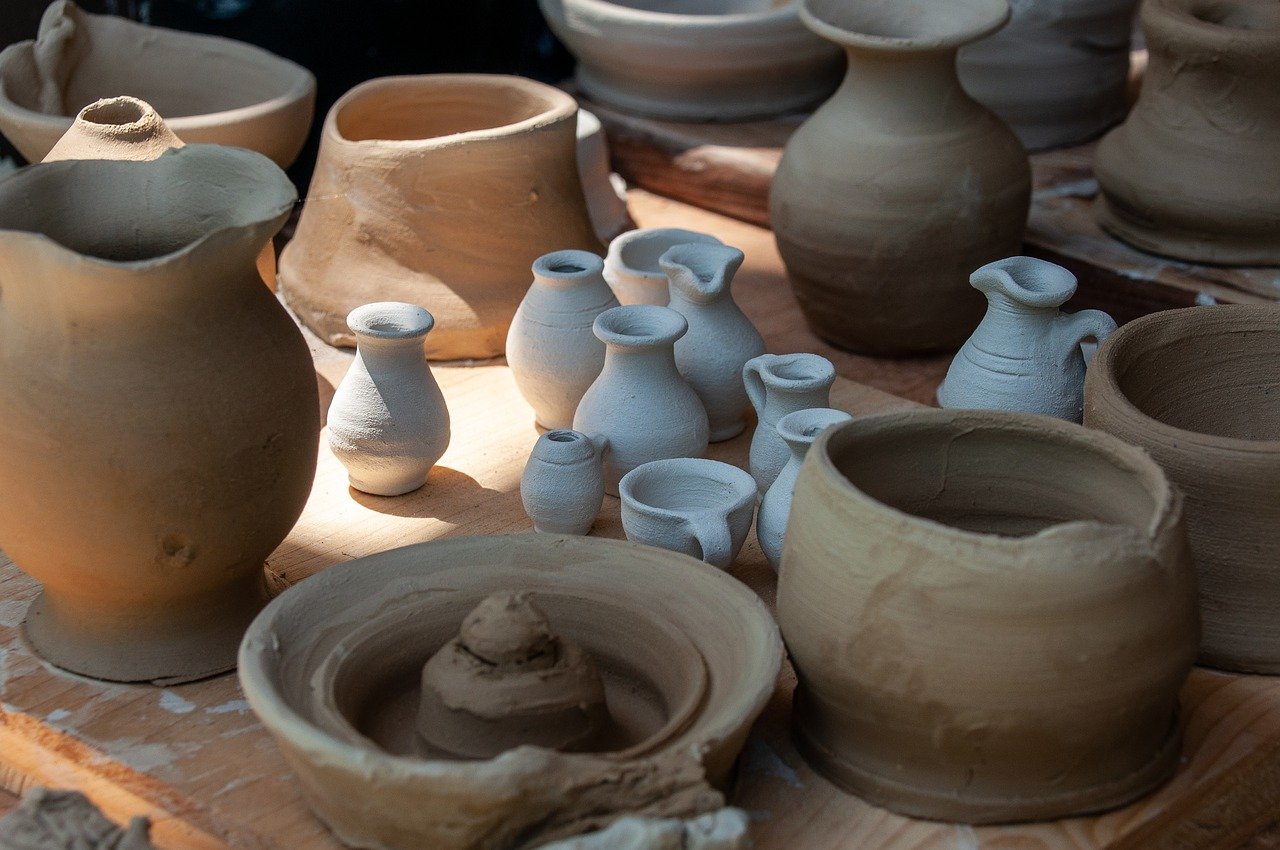
Fun Craft Projects Using Primary Colors
Engaging children in craft projects using primary colors is not only a fun way to keep them occupied but also an excellent opportunity for them to learn and grow. These projects can ignite their creativity and allow them to explore their artistic side while understanding the fundamentals of color theory. Imagine your little one mixing red, blue, and yellow to create a masterpiece that reflects their imagination! Here, we’ll dive into some exciting craft ideas that utilize primary colors, ensuring that your kids have a blast while developing essential skills.
First up, let’s talk about Colorful Collages. This project is a fantastic way for kids to express themselves while working with various materials. All you need are some magazines, colored paper, scissors, and glue. Encourage your children to cut out shapes and images that resonate with them, focusing on using the primary colors. As they layer their cutouts onto a larger piece of paper, they can create a vibrant collage that showcases their personality. This activity not only enhances their fine motor skills through cutting and gluing but also allows them to make decisions about color placement and design.
Next, we have the DIY Color Wheel. This project is not just about crafting; it's a fun learning experience that teaches kids about color relationships. To create a simple color wheel, gather some cardstock, a compass or something circular to trace, and primary color paints or markers. Start by drawing a large circle and dividing it into segments. Then, have your children paint or color each segment with the primary colors—red, blue, and yellow. Once they have their wheel, they can mix the primary colors to create secondary colors like green, orange, and purple, filling in the remaining segments. This hands-on activity is a delightful way for them to grasp the concept of color mixing while enjoying the process of painting.
Another engaging project is Painting with Primary Colors. Set up an outdoor or indoor painting station with canvases or large sheets of paper. Provide your kids with red, blue, and yellow paints, and encourage them to explore their creativity. They can experiment with different brush strokes, layering techniques, and even finger painting! As they play with the colors, remind them of how mixing two primary colors creates new hues. It’s a wonderful way for them to learn about color theory in a practical and enjoyable manner.
In addition to these projects, you can also introduce themed crafting days. For instance, have a day dedicated to "Red Day," where everything they create must incorporate the color red. This not only makes crafting more exciting but also helps children focus on specific colors and how they can be used in various projects.
To wrap it all up, crafting with primary colors opens up a world of possibilities for children. It encourages them to think outside the box, enhances their fine motor skills, and allows them to express their emotions creatively. So gather your materials, roll up your sleeves, and dive into these fun craft projects. Your kids will not only have a blast but will also learn valuable lessons about colors and creativity!
- What are primary colors? Primary colors are the foundation of all other colors and include red, blue, and yellow.
- How can crafting help my child's development? Crafting improves fine motor skills, boosts creativity, and allows for emotional expression.
- What materials do I need for these projects? Basic materials include colored paper, scissors, glue, paints, and canvases.
- Can I adapt these projects for different age groups? Absolutely! You can simplify or complicate the projects based on your child's age and skill level.
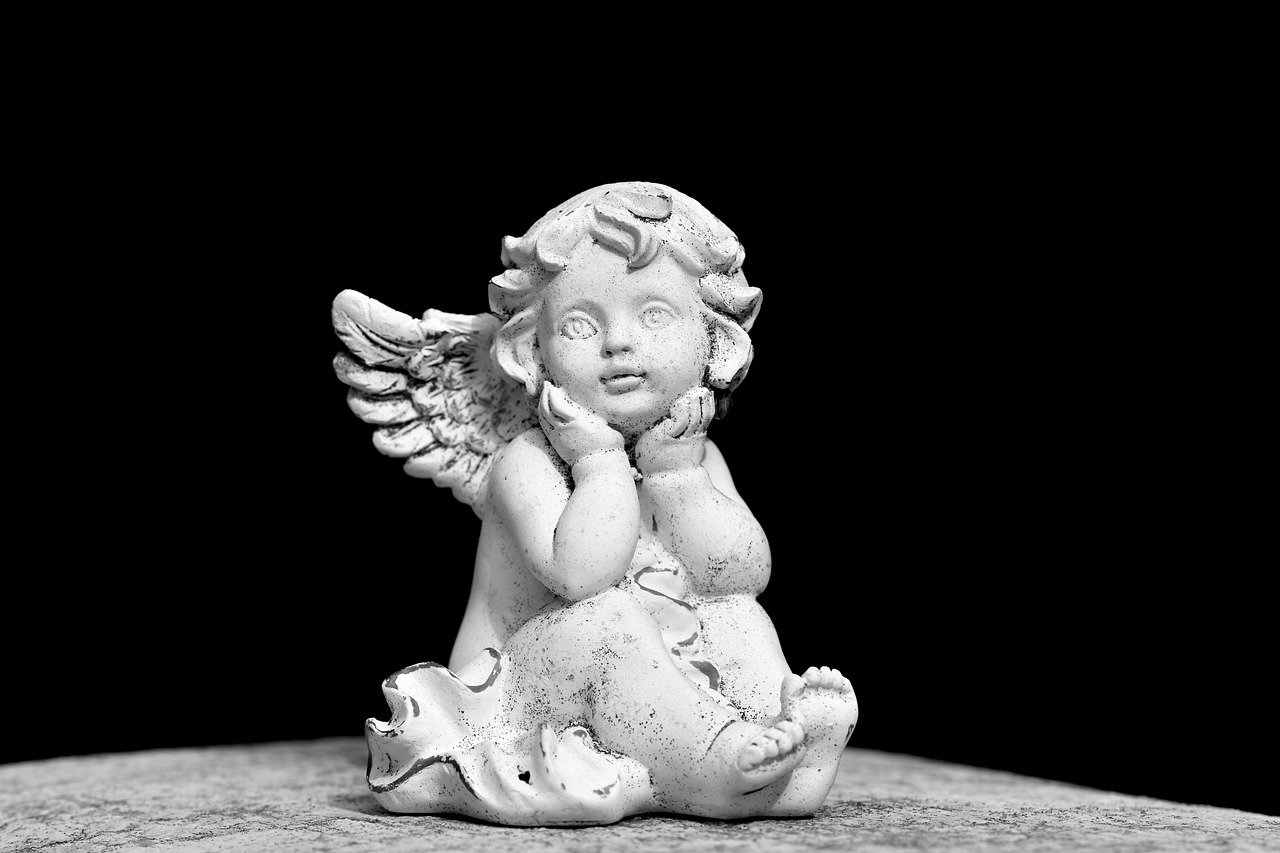
Colorful Collages
Creating is not just an artistic activity; it's a fantastic way for kids to dive into the world of primary colors while unleashing their creativity. Imagine a blank canvas waiting to be transformed into a vibrant masterpiece! Collages allow children to explore textures, shapes, and colors all at once, making it an engaging and multifaceted project. To get started, gather a variety of materials that can be used to create a collage. Think about items like colored paper, magazines, fabric scraps, and even natural elements like leaves or flowers. The beauty of collaging is that almost anything can be incorporated, allowing kids to express their unique ideas.
Before diving into the project, it’s essential to talk to the kids about the primary colors: red, blue, and yellow. Explain how these colors can be mixed to create secondary colors, making the collage not just a visual project but also a learning experience. You could say, "Just like how a chef combines ingredients to make a delicious dish, we will mix colors to create something beautiful!" This analogy helps them understand the concept of color mixing in a fun way.
Once the materials are gathered, set up a designated crafting area. This can be a table covered with newspaper or an old tablecloth to make cleanup easier. Provide each child with a piece of sturdy paper or cardboard as their base. Encourage them to start by tearing or cutting pieces of colored paper into various shapes and sizes. This activity not only promotes creativity but also helps enhance their fine motor skills. As they work, remind them to think about how they want to arrange the colors. Do they want a bright, bold look, or something more subdued? The choice is theirs!
As the kids begin to assemble their collages, guide them through the process of gluing their pieces down. Teach them to apply glue evenly, explaining that too much glue can make the paper soggy, while too little won't hold the pieces together. This is where cutting and gluing techniques come into play, reinforcing what they’ve learned about crafting. Encourage them to layer different materials to add depth and interest to their artwork. For example, a layer of shiny foil can add a pop of excitement against a matte background.
After the collages are complete, take a moment to appreciate each child’s work. Ask open-ended questions like, "What inspired your design?" or "How did you choose your colors?" This not only fosters a sense of accomplishment but also encourages them to articulate their creative process. If time allows, consider displaying the collages on a wall or bulletin board. This not only gives them a sense of pride but also allows other kids and parents to appreciate their hard work.
In summary, colorful collages are a fantastic way for kids to engage with primary colors while developing essential skills. The combination of cutting, gluing, and arranging materials provides a rich, hands-on experience that is both fun and educational. So, gather your materials, unleash your creativity, and let the colorful collages begin!
- What age group is suitable for making collages? Collages can be made by children as young as three, with adult supervision. Older children can take on more complex designs.
- What materials do I need for a collage? You can use colored paper, magazines, fabric, buttons, natural objects, and any other craft supplies you have on hand.
- How can I encourage my child to be more creative? Allow them to explore different materials, give them freedom in their design choices, and ask open-ended questions about their creations.
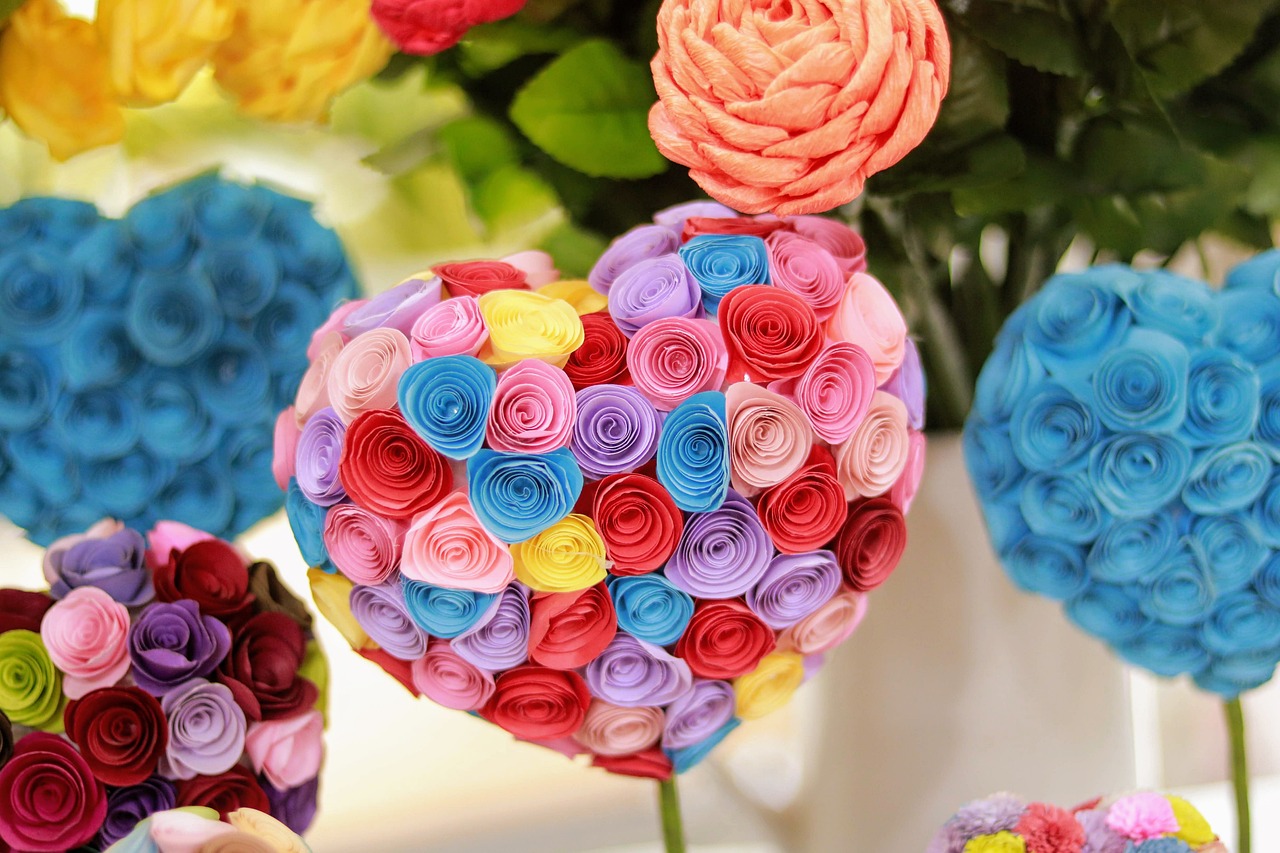
DIY Color Wheel
Creating a DIY color wheel is not only a fun and engaging project for kids, but it also serves as a fantastic educational tool. This hands-on activity helps children understand the relationships between colors, especially how primary colors mix to create secondary colors. Imagine diving into a world where red, blue, and yellow come together to make vibrant greens, purples, and oranges! It’s like magic, but rooted in the science of color theory.
To get started, gather your materials. You’ll need a few simple items that you probably already have at home:
- White cardstock or heavy paper
- Red, blue, and yellow paint (or markers)
- A paintbrush or markers
- A compass or a round object to trace
- Scissors
- Glue (optional)
First, take your compass or round object and trace a large circle on the cardstock. This circle will be the base of your color wheel. Next, divide the circle into six equal sections using a ruler and pencil. This step is crucial as it sets the stage for the vibrant colors to come. Now, you’ll want to fill the three primary sections with red, blue, and yellow paint. Encourage your kids to be creative with their application; they can use different brush strokes or even their fingers for a more tactile experience!
Once the primary colors are dry, it’s time to create the secondary colors. This is where the real fun begins! In the remaining sections of the color wheel, guide your kids to mix the primary colors to create green, orange, and purple. For instance, mixing blue and yellow will yield green, while red and blue will create purple. This mixing process not only teaches them about color relationships but also allows them to experiment and discover new shades. It’s like being a scientist in an art lab!
After all the sections are painted and dried, you can take it a step further by adding labels to each color. This could be a great opportunity for kids to practice their writing skills. They can write the names of the colors or even draw small images that represent each color (like a sun for yellow or a strawberry for red). If you want to make the color wheel even more durable, consider gluing it onto a piece of cardboard.
Finally, hang the finished product in a place where your kids can admire their hard work. A DIY color wheel not only brightens up a room but also serves as a constant reminder of the beauty of colors and the joy of creativity. It’s a perfect conversation starter for guests, too! So, what are you waiting for? Grab those paints and let the color exploration begin!
Q: What age group is this DIY color wheel project suitable for?
A: This project is great for children aged 4 and up. Younger kids may need assistance with cutting and mixing colors, while older children can take on more of the tasks independently.
Q: Can we use other materials instead of paint?
A: Absolutely! Markers, crayons, or colored pencils work just as well. You can even use colored paper to cut out shapes and glue them onto the color wheel.
Q: How can we extend this activity?
A: After creating the color wheel, you can explore color blending further by painting objects around the house, or even go on a color scavenger hunt to find items that match each color of the wheel!
Frequently Asked Questions
- What are primary colors and why are they important for kids' crafting?
Primary colors are the building blocks of all other colors. They consist of red, blue, and yellow. Understanding these colors is crucial for kids as it helps them learn about color mixing and enhances their creativity. When kids engage in crafting with primary colors, they not only have fun but also develop a foundational understanding of art and design.
- How does crafting benefit my child's development?
Crafting provides a myriad of benefits for children! It enhances fine motor skills, boosts creativity, and allows for emotional expression. When kids cut, glue, or paint, they practice coordination and dexterity, which are essential skills for their overall development. Plus, crafting encourages them to think outside the box and express their ideas visually.
- What are some easy craft projects I can do with my kids using primary colors?
There are plenty of fun projects you can try! Some popular ones include creating colorful collages, making a DIY color wheel, and painting with primary colors. Each project is designed to be simple and engaging, allowing kids to explore their creativity while learning about color theory.
- How can I teach my child safe cutting and gluing techniques?
Teaching safe cutting and gluing techniques is essential for a positive crafting experience. Start by providing child-safe scissors and demonstrating how to cut along lines or shapes. For gluing, show them how to apply a small amount of glue and press the materials together gently. Always supervise them to ensure they are using the tools safely.
- What materials do I need for crafting projects with primary colors?
You'll need basic materials such as construction paper in primary colors, scissors, glue, paint, and brushes. Additionally, you can incorporate items like magazines for collages, markers, or even natural materials like leaves and flowers to make the projects more interesting and textured.



















